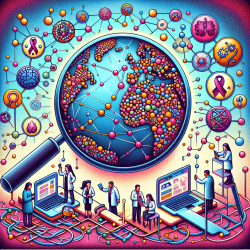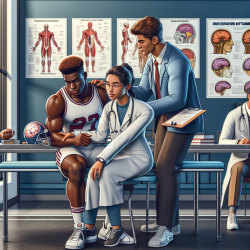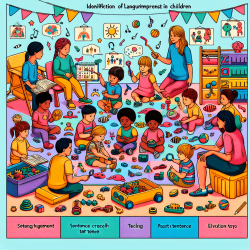Introduction
In the realm of rare diseases, the journey to diagnosis can be long and arduous. However, a recent study titled "Rare disease patient matchmaking: development and outcomes of an internet case-finding strategy in the Undiagnosed Diseases Network" sheds light on an innovative approach to overcoming these challenges. This study highlights the potential of the internet as a powerful tool for connecting patients with similar conditions, thereby facilitating diagnosis and support.
The Study: A Data-Driven Approach
The study involved creating public web pages for participants in the Undiagnosed Diseases Network (UDN) who consented to share their information. These pages included details such as genetic variants, symptoms, and even photographs. The primary aim was to test the effectiveness of an internet-based case-finding strategy in identifying similar patients.
Data collected from 385 participants revealed that 158 had their pages posted online. The study received 579 inquiries, with 89% coming from the general public. Remarkably, 24.7% of these inquiries resulted in a match, demonstrating the strategy's success in identifying similar patients.
Key Findings and Implications
Several factors were associated with increased matches, including the presence of a gene page, a confirmed diagnosis, and a photo. These findings suggest that including detailed information on patient pages can significantly enhance the likelihood of finding matches.
Moreover, the study highlighted the importance of involving the general public in matchmaking efforts. While inquiries from clinicians and researchers had higher match rates, 21.9% of matches came from the general public. This underscores the potential of a broad matchmaking strategy that includes patients, families, clinicians, and researchers.
Practical Applications for Practitioners
For practitioners in the field of speech-language pathology and other related disciplines, this study offers valuable insights into how internet-based strategies can be leveraged to improve patient outcomes. Here are some practical steps practitioners can take:
- Encourage Data Sharing: Advocate for patients and families to share their medical data on public platforms, ensuring they understand the benefits and risks involved.
- Utilize Online Resources: Make use of platforms like MyGene2 and GenomeConnect to facilitate patient-led matching and data sharing.
- Collaborate with Researchers: Work closely with researchers to identify potential matches and contribute to the growing body of knowledge on rare diseases.
Conclusion
The internet's role in rare disease diagnosis is more significant than ever. By adopting data-driven, internet-based strategies, practitioners can enhance their ability to diagnose and support patients with rare conditions. The findings of this study pave the way for further research and innovation in the field.
To read the original research paper, please follow this link: Rare disease patient matchmaking: development and outcomes of an internet case-finding strategy in the Undiagnosed Diseases Network.










